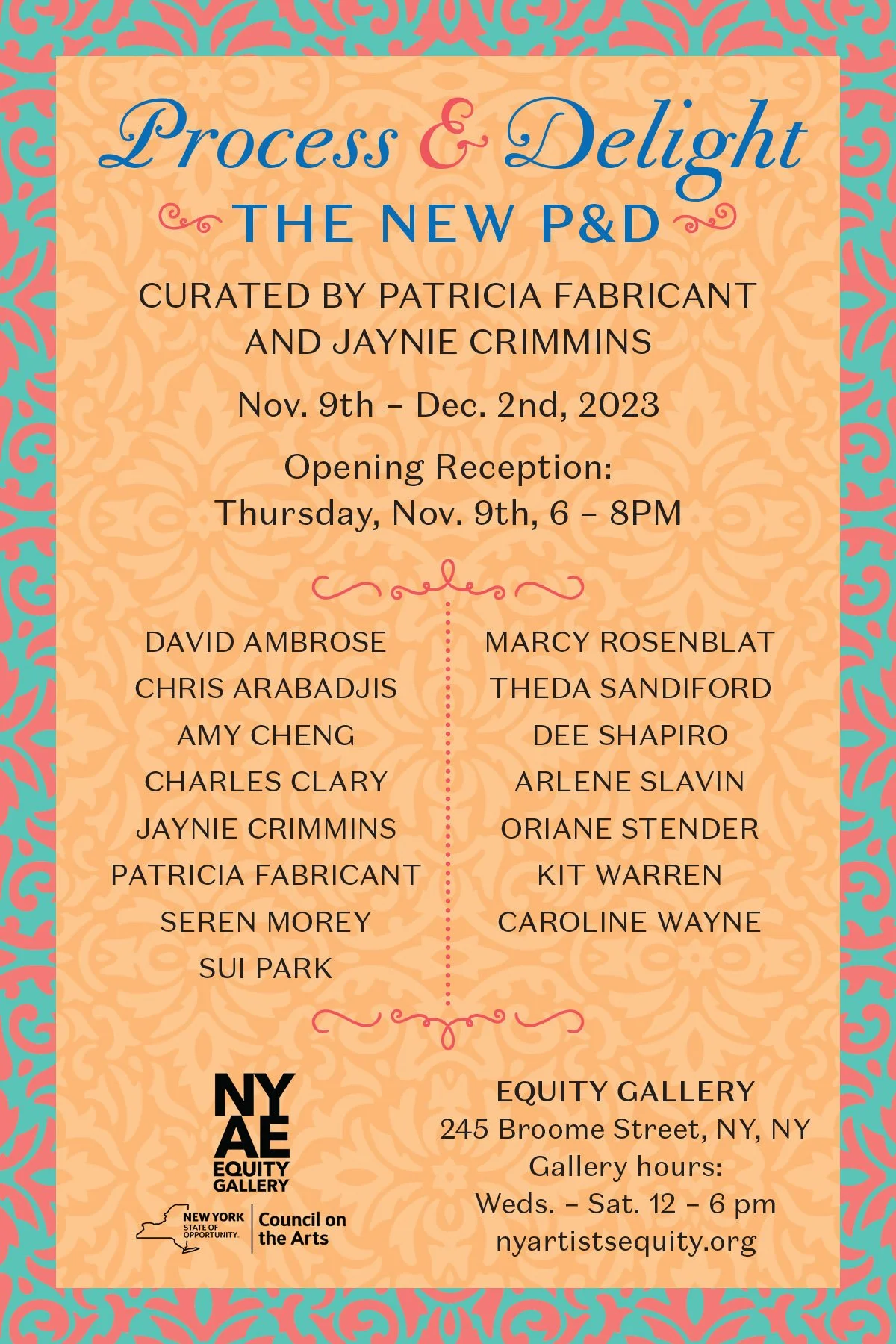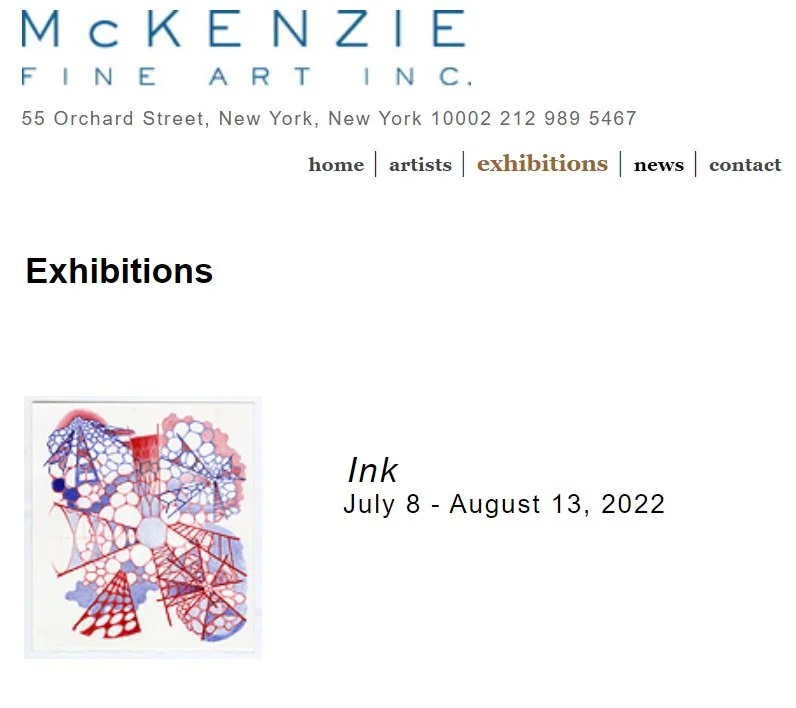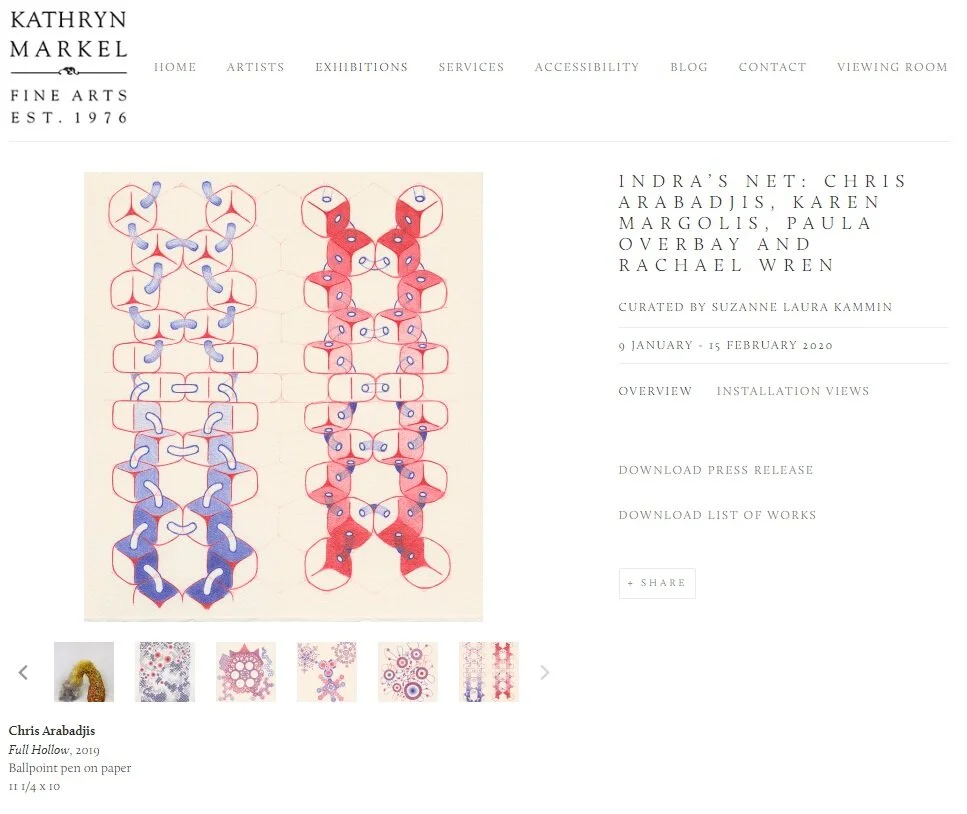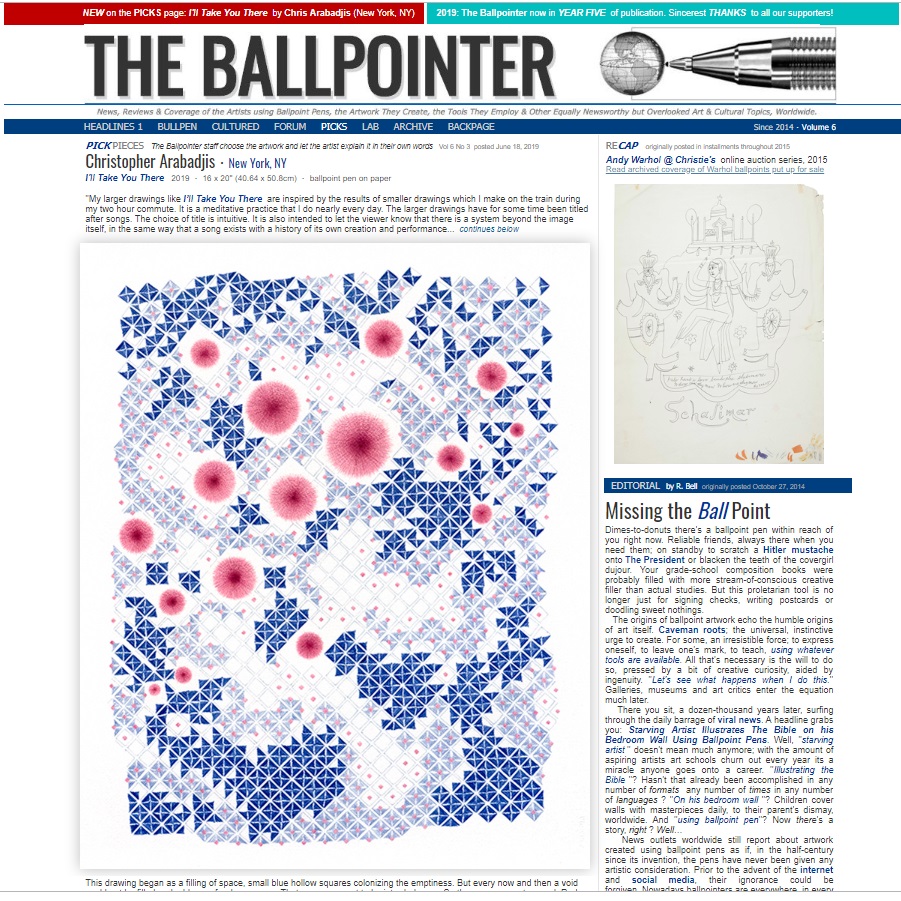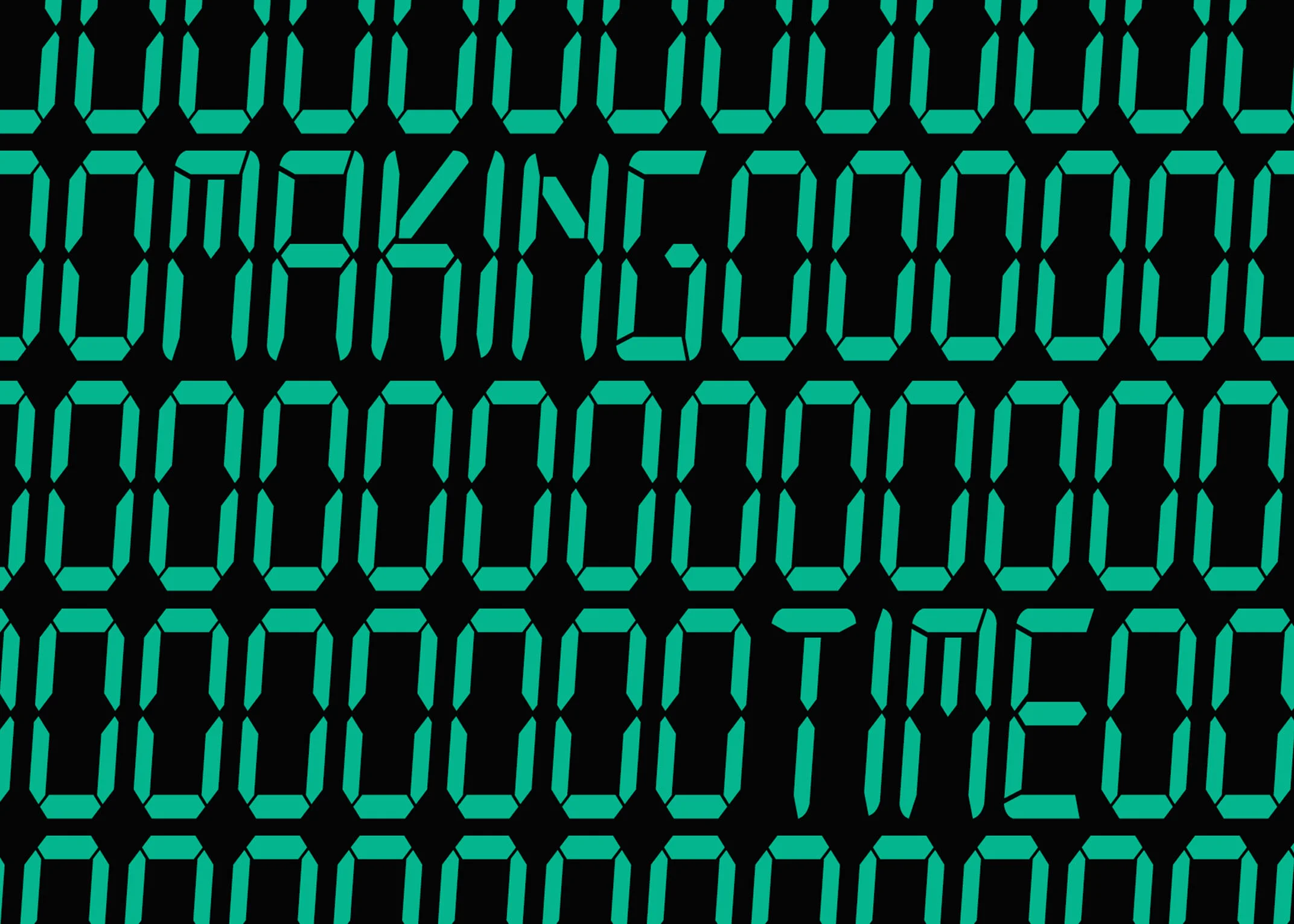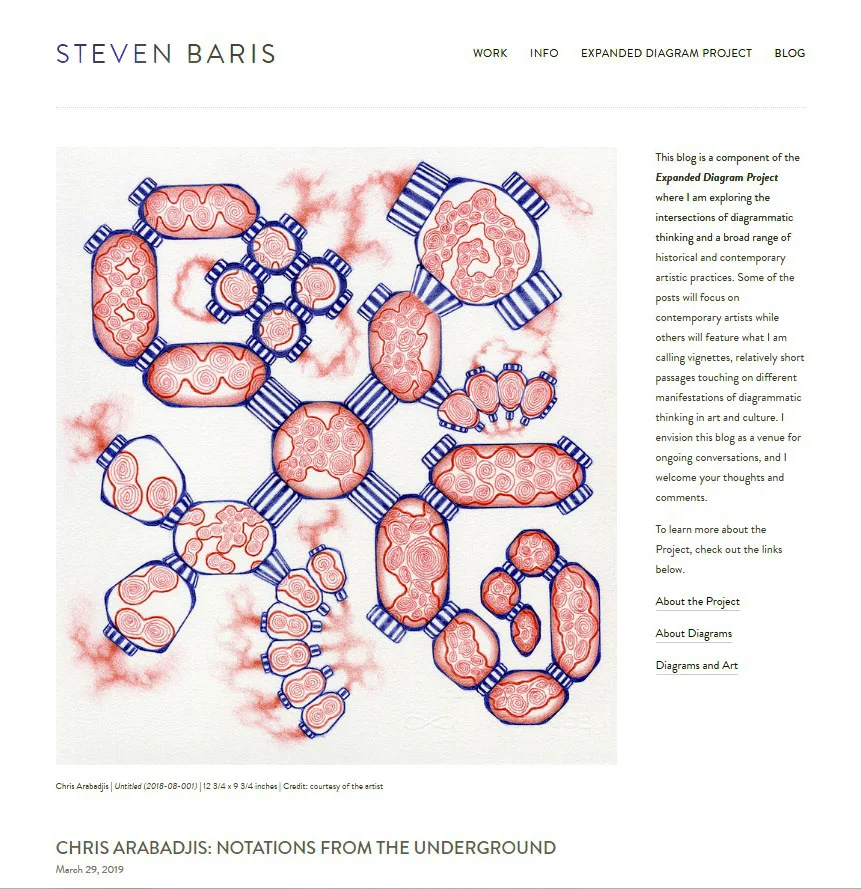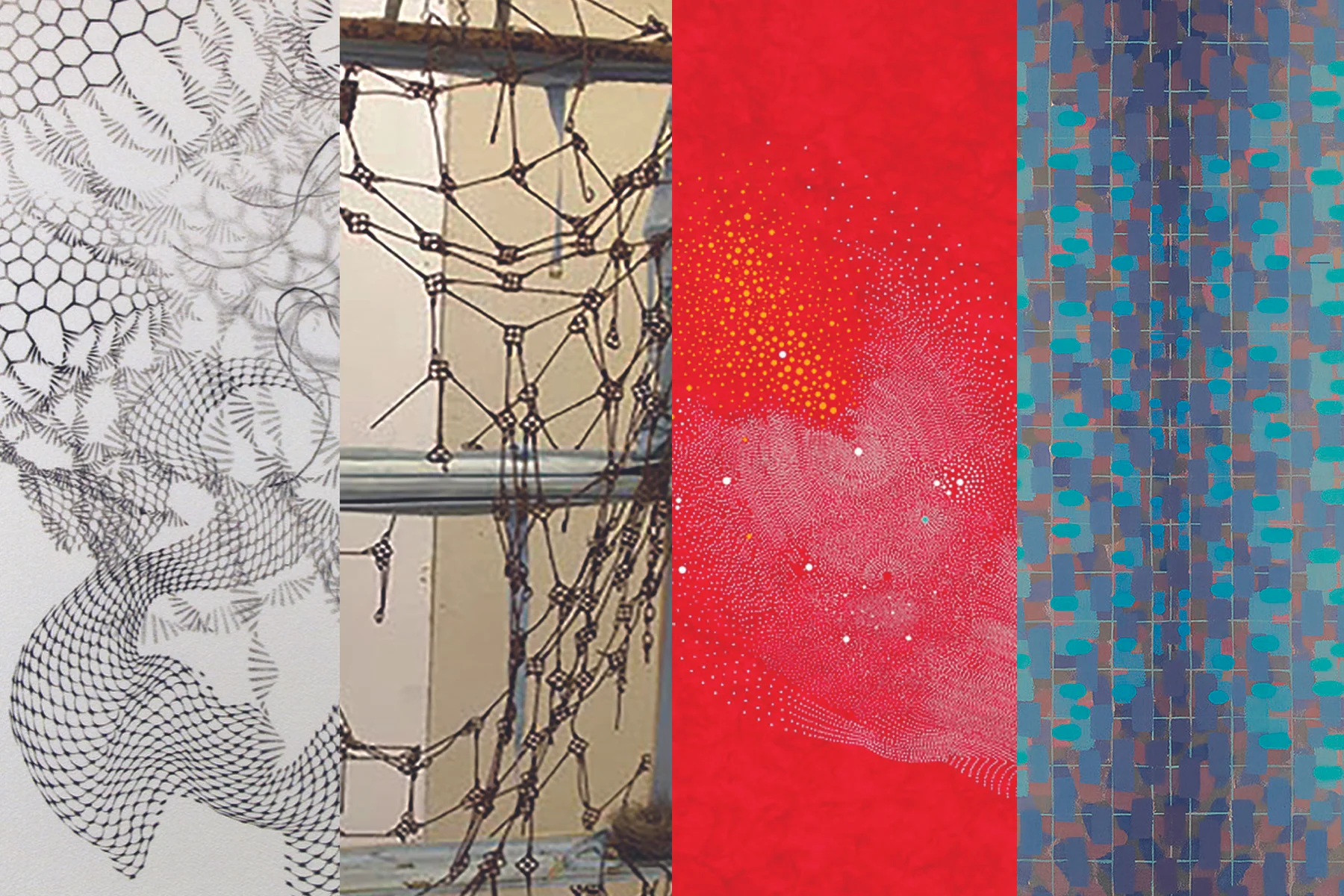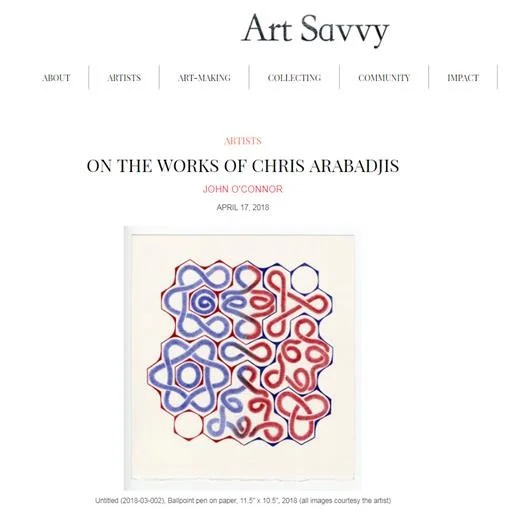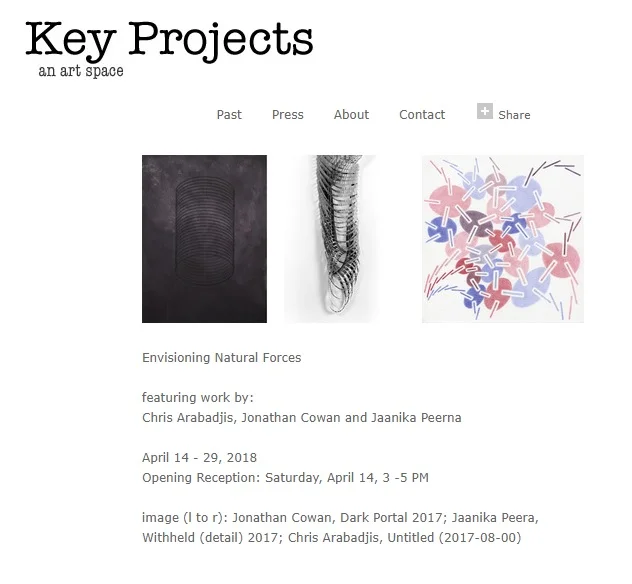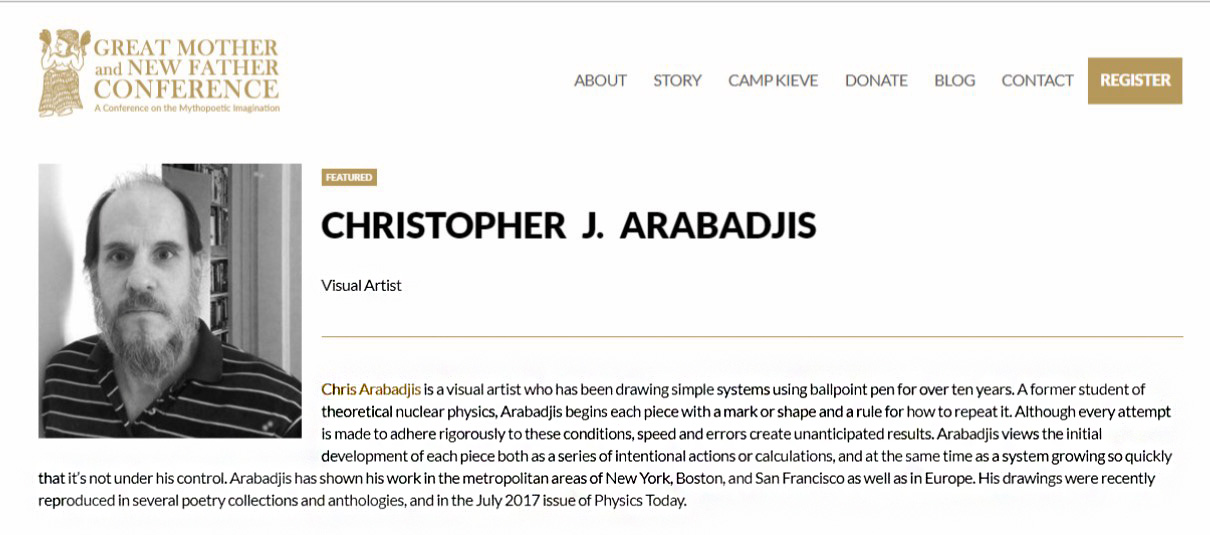http://www.mckenziefineart.com/exhib/Small-World-2024-exhibition.html
Small World
July 19 - August 23, 2024
Don Voisine, Untitled, 2023
Oil and acrylic on linen over wood panel, 6 x 12 in.
This exhibition features over forty small-scale abstract paintings and drawings, ranging in size from 6 to 16 inches square, by nineteen artists: Chris Arabadjis, Mel Bernstine, Nancy Blum, Paul Corio, Lori Ellison (1958-2015), Chris Gallagher, Jenny Kemp, James Lecce, Maureen McQuillan, Nick Naber, James Nelson, Aric Obrosey, Rob de Oude, Gary Petersen, Jessica Deane Rosner, Pete Schulte, Don Voisine, Laura Sharp Wilson, and Deborah Zlotsky.
The intensity of focus and intimate scale of the works offer viewers the pleasurable rewards of slow and careful observation and affirm that expansiveness, depth, luminosity, and monumental scale can be achieved no matter the size of a panel or sheet of paper.
Drawings in ballpoint pen by Chris Arabadjis, in colored pencil by Nancy Blum, and in gouache by Jenny Kemp, undulate and pulsate with biomorphic and organic energy. James Nelson draws careful and discrete all-over fields in graphite and charcoal, while Jessica Deane Rosner creates exquisitely patterned imagery in ink. Also rendered in ink are Aric Obrosey’s detailed drawings, whose structure references Frank Stella’s Black Paintings, while Nick Naber creates colorful architectonic aerial views in watercolor and marker pens. Pattern and repetition are explored with devotional intensity by Lori Ellison in marker and ink drawings on notebook paper. Pete Schulte’s graphite drawings are remarkable for the precision of their simple forms, their nuanced rendering, and glowing light.
Layered translucent color, spatial depth, and organic forms are explored in the acrylic polymer paintings of Maureen McQuillan and James Lecce. A jungle-like density of intertwining botanical and decorative shapes painted in acrylic by Laura Sharp Wilson contrast with the spatially expansive, curving bands in Chris Gallagher’s oil painting. Disarmingly sophisticated color and spatial interactions are explored in Gary Petersen’s playful and irregular geometries, while Mel Bernstine creates sumptuous and ornamental patterning in his acrylic painting. Working in vivid oil colors and banded arrangements, Deborah Zlotsky references historical systems of identification in her paintings. Rob de Oude uses subtle color transitions to create a mysterious inner light in his meticulously layered grid compositions, while Paul Corio creates a brightly hued checkerboard that seems to float above a contrasting ground. Don Voisine’s reductive and elegant geometric abstractions explore sculptural and architectural space, implying a monumental scale that belies the actual size of the paintings.
left: Chris Arabadjis, Untitled (2024-03-002), 2024
Ballpoint pen on paper, 2024, 11 x 10 in.
right: Jenny Kemp, Untitled (Vernalis #3), 2024
Gouache on paper, 2024, 8 1/4 x 5 7/8 in.



